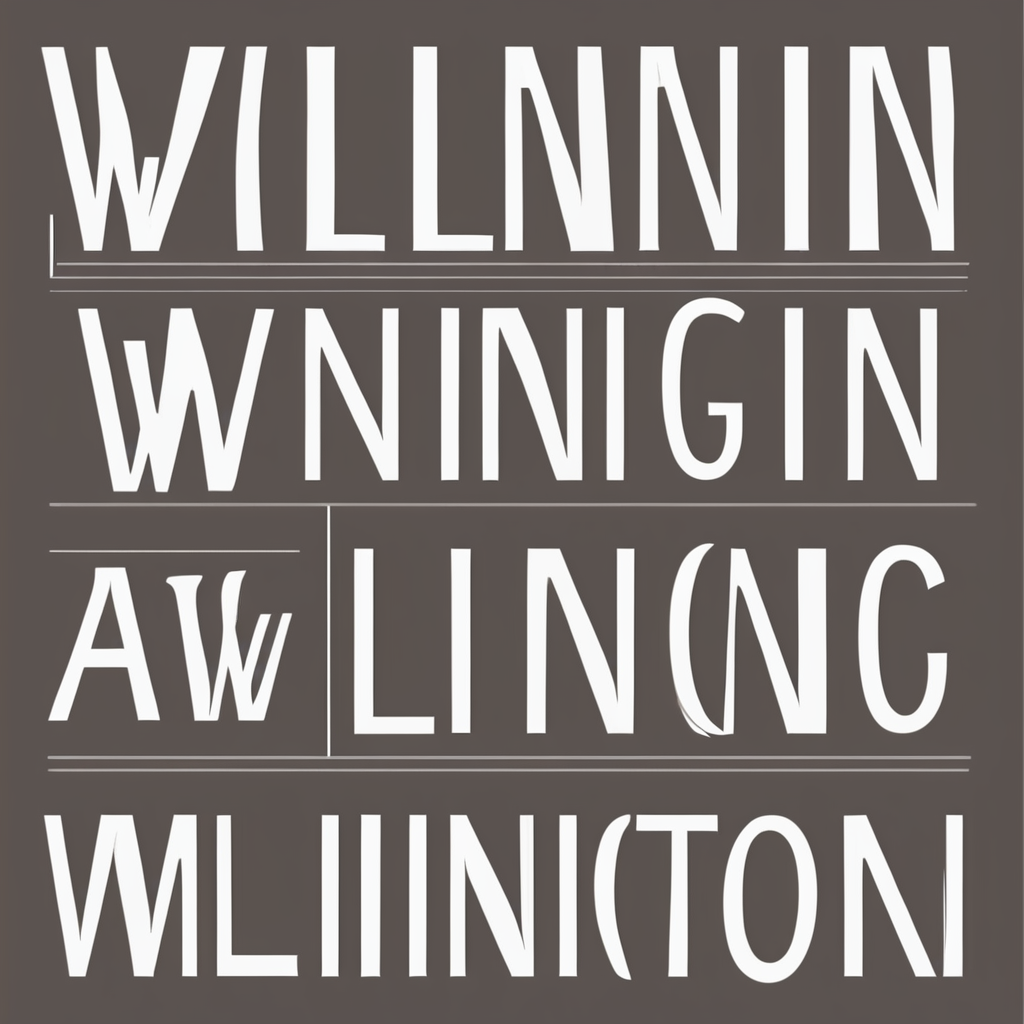Overview of Suitable Native British Trees
Implementing Native British trees in urban gardening offers both ecological and aesthetic advantages, especially for small spaces. Selecting the right trees is crucial. They need to adapt to limited sunlight, reduced soil space, and urban conditions. Trees that thrive in small urban gardens generally have a compact size, ensuring they fit comfortably without overwhelming the space.
Choosing native species is essential for sustainability. Native trees are well-adapted to the local climate and soil conditions, making them low-maintenance and beneficial for supporting local ecosystems. This contributes to the environment by sustaining native wildlife and promoting biodiversity. For instance, native trees have evolved in tandem with the local fauna, offering superior food and habitat opportunities compared to non-native species.
Have you seen this : Elevate your garden aesthetics with top-notch landscaping solutions
From an aesthetic standpoint, native trees can enhance urban gardens by providing visual diversity. These trees often feature unique textures, vibrant seasonal changes, and beautiful flowering. Incorporating them into urban gardening not only supports ecological balance but also enriches the visual appeal of small urban spaces. By selecting trees that balance ecological benefits with aesthetic contributions, gardeners can create vibrant, sustainable landscapes that flourish in compact environments.
Top Native British Trees for Small Urban Gardens
Incorporating ideal native trees into urban gardens enhances not only the garden’s aesthetic but also its ecological value. When selecting species for small spaces, it’s crucial to consider trees like the Silver Birch, Rowan, and Crab Apple. These trees have growth characteristics suited to compact environments, making them excellent choices for urban gardening.
Also to discover : Transform your outdoor space with gardeners in west london
Silver Birch
The Silver Birch is admired for its striking white bark and graceful form. With a moderate height, it boasts a delicate silhouette that suits small gardens without overwhelming the space. It experiences vibrant seasonal changes, showcasing yellow leaves in autumn. This tree also attracts pollinators and wildlife, offering seeds loved by birds.
Rowan
The Rowan tree features clusters of bright red berries and creamy white spring flowers, adding vivid colour throughout the year. Its compact size and narrow crown make it perfect for limited spaces. The berries are a vital food source for birds, contributing positively to urban biodiversity.
Crab Apple
The Crab Apple is celebrated for its beautiful blossoms and small, colourful fruits. This tree supports a wide array of pollinators and provides rich habitats for insects and birds. Its modest size and diverse flowering characteristics add both beauty and ecological value to urban gardening spaces.
Size and Root System Considerations
When considering tree sizes for urban spaces, understanding their growth potential is crucial. Native British trees often vary in height and canopy spread, influencing their suitability for small spaces. Compact trees like Crab Apple embrace smaller urban gardens by offering less imposing structures, ensuring they fit without encroaching on surrounding areas.
Root systems play an equally significant role in tree selection for urban gardening. A tree’s roots can extend far beyond its canopy, potentially affecting nearby structures. For sustainable urban planting, awareness of these root systems is vital. Smaller trees or those with less invasive roots are recommended to minimise disruption to infrastructures like pavements or underground utilities.
Recommendations for urban gardeners include choosing tree species with compact or non-invasive root systems, as these are less likely to damage existing structures. Planting trees in specially-designed, confined root barriers can help manage growth and prevent disruption.
Selecting appropriately sized trees ensures not only the health and longevity of the tree but also the safety and integrity of the urban environment. By factoring in size and root systems, gardeners can plant trees confidently, optimising their space for ecological and aesthetic harmony.
Maintenance and Care for Urban Trees
Caring for urban trees involves addressing their unique needs due to their location. Proper tree maintenance ensures their longevity and health, contributing to the overall ecosystem.
Regular maintenance begins with seasonal care, such as monitoring for pests and diseases which can threaten the vitality of native British trees. It’s essential to identify symptoms early, allowing for prompt intervention. Trimming and pruning should be scheduled appropriately to encourage healthy growth patterns and prevent overgrowth in constrained urban spaces.
Watering techniques play a pivotal role in keeping urban trees healthy. Urban environments may limit natural water intake, necessitating efficient watering strategies. Slow-release watering systems or utilizing rain catchment can optimise moisture retention.
Incorporating balanced fertilisation strategies further supports the nutritional needs of trees in less fertile urban soils. A soil test can guide the type and quantity of fertiliser necessary, enhancing the tree’s resilience and growth.
Addressing pests and diseases also includes preventive measures. Regular checks for infestations and maintaining general cleanliness can help manage common issues, preserving the health of the urban vegetation. Vigilance in these maintenance aspects ensures that urban gardening can thrive even in the most restricted spaces.
Environmental Benefits of Planting Native Trees
Planting native British trees holds significant potential for enhancing biodiversity within urban environments. These trees support local wildlife by offering essential habitats and food sources, fostering a balanced urban ecology. Native trees, well-adjusted to local conditions, play a pivotal role in sustaining species that have co-evolved with them over time.
Beyond biodiversity, these trees also contribute to improved air quality. They achieve this by filtering pollutants and releasing oxygen, a crucial element for healthier urban living. Moreover, they help in water management, enabling better soil retention and reducing stormwater runoff. This not only mitigates urban flooding but also nurtures the soil ecosystem.
Another key advantage is their contribution to climate resilience. Native trees are adept at capturing and storing carbon, aiding in the reduction of greenhouse gases. Their shading and cooling effects can also alleviate the urban heat island effect, creating more comfortable microclimates.
Incorporating native species into urban landscapes enriches these spaces, reinforcing the environment’s resilience against climate challenges, while simultaneously enhancing urban biodiversity. Integrating such trees into urban planning offers a holistic approach to improve ecological integrity and the overall environmental impact of city living.
Design Ideas for Integrating Trees into Small Gardens
Incorporating trees creatively into garden design can truly elevate the aesthetics of small urban gardens. Maximizing planting schemes is key. One effective approach is to use vertical space. Consider espaliered trees, which grow flat against walls, saving precious ground area. This technique is both functional and visually striking.
For small gardens, urban landscaping can be enhanced by underplanting. Planting smaller shrubs and groundcovers beneath trees creates layers of interest, adding depth and texture to the garden. This also optimises space, allowing for a lush garden feel without overcrowding.
Seating and pathways around trees not only add functionality but also encourage interaction with the garden. These elements can be tastefully integrated to highlight focal tree specimens. Use natural materials like wood or stone to maintain harmony with the green environment.
Bullet points for tree integration:
- Espalier techniques for wall utilization
- Underplanting for layered aesthetics
- Seating and pathways for accessibility
These design ideas facilitate a balanced urban landscaping approach, enhancing both the beauty and utility of small gardens. By thoughtfully arranging trees and plants, gardeners can create inviting sanctuaries that offer both relaxation and visual diversity.
Final Thoughts on Urban Tree Planting
The importance of trees in urban green spaces cannot be overstated. They are the core of sustainable gardening efforts, offering countless benefits from ecological to societal. Encouraging community gardening projects can foster a sense of collective responsibility and pride, enhancing the local environment through participatory planting initiatives.
Urban environments benefit immensely from community involvement in tree planting. Such efforts can transform cityscapes, creating lush, shaded spaces that promote well-being. Local events focused on planting can be pivotal in educating residents about the importance of urban greening.
Long-term benefits of urban tree planting are manifold. They include improved air quality, increased biodiversity, and enhanced overall city resilience. Moreover, trees in urban settings can significantly mitigate the effects of urban heat islands, creating cooler and more livable environments.
Utilise resources and guides offered by local nurseries to ensure the selection of suitable trees for particular urban spaces. These resources can offer valuable insights into care and maintenance, ensuring the vitality of trees. By focusing on sustainable gardening practices, communities can develop robust urban ecosystems, paving the way for a greener future.










